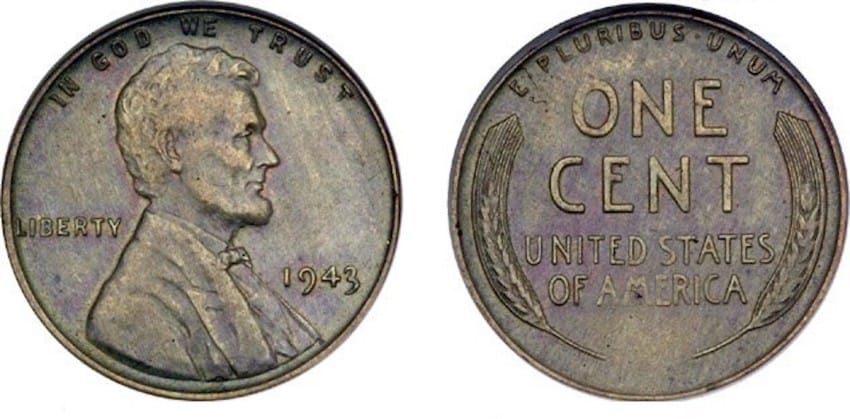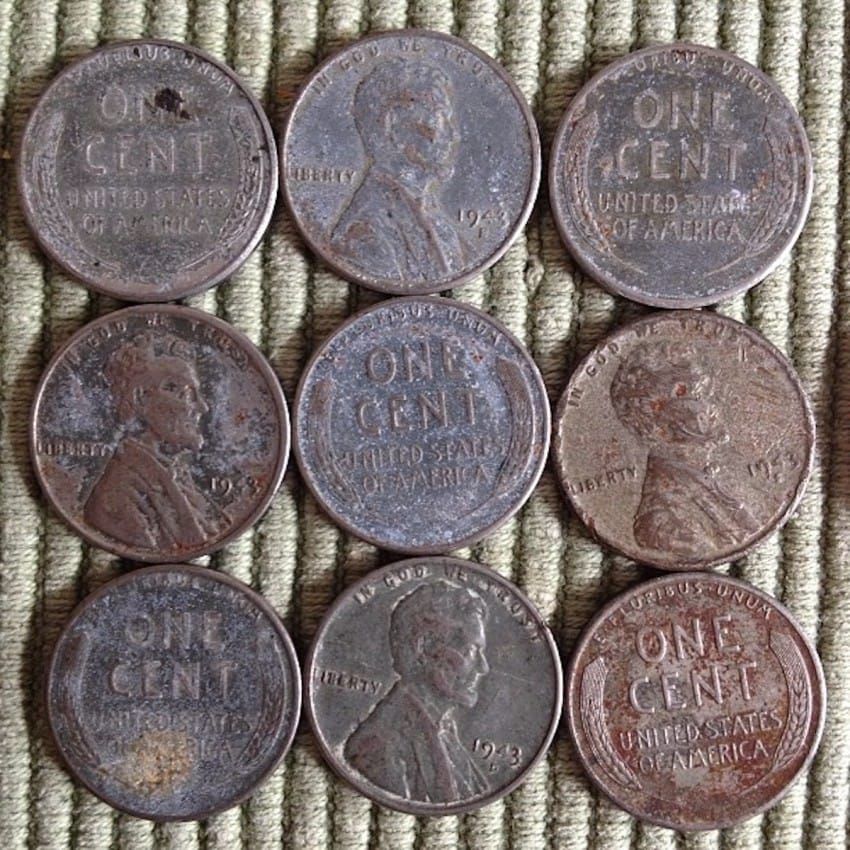Have you ever wondered if that penny rattling around in your pocket could be worth a fortune? Well, for some lucky people, that scenario is very real. Recently, headlines have been ablaze with the fascinating story of a penny that’s worth far more than one cent.

According to reports from Coin Trackers, the New York Post, KHOU, and Daily Mail UK, a mint-condition 1943 copper wheat penny can fetch more than $85,000! Unbelievably, this penny is a rare gem nestled among the spare change we handle every day. But how did this particular penny become so valuable?
The story begins during World War II. In 1943, the U.S. Mint changed the material used in penny production, switching from copper to steel. This change was due to the demand for copper for essential wartime efforts. The new pennies were steel and coated with zinc to prevent rusting.
However, Coin Week shares some history – in the midst of 1943’s complex minting processes, a few copper blanks slipped through and got struck as pennies. These coins are now highly sought after, known as “mistakes.” Their scarcity and unique story have elevated their value, turning them into collector’s dreams.

If one is found in perfect, untouched condition (what coin experts call “mint” condition), it could garner as much as $85,000. Even pennies that have seen some wear and tear still fetch significant sums, with average prices around $60,000, as noted by Coin Trackers. Saul Teichman, an authority on U.S. Mint errors, explained to Coin Week that the allure and narrative behind the 1943 copper cents make them especially attractive to collectors.
He further added that these pennies hold a special fascination, “1943 copper cents have a special cachet with collectors. Market-wise, they are valued significantly higher than other errors from that era. While many World War II coin errors are rarer, they lack this particular penny’s unique story and appeal.” A word of caution, however; as exciting as these discoveries can be, there’s a growing market for counterfeit 1943 copper pennies.
With their popularity increasing, fake versions are becoming prevalent. Coin Trackers warns that some fraudsters shave down the number 8 on a 1948 penny to pass it off as a 1943 original. Others might coat a regular steel penny in copper to mimic the genuine article. To identify fakes, an easy method suggested by Coin Trackers is to use a magnet. Authentic 1943 copper pennies won’t be magnetic, unlike altered steel versions.



